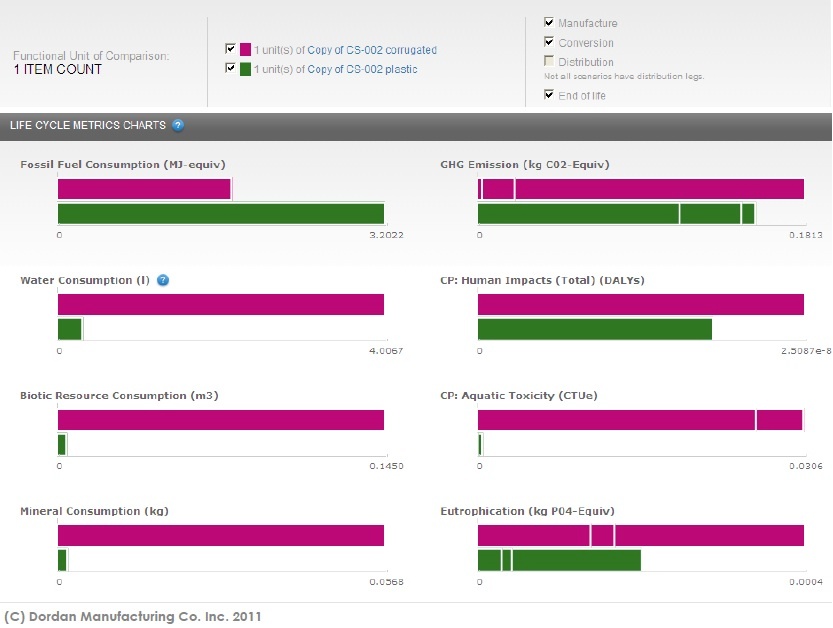Hey guys!
I was chatting with a potential client the other day about packaging when I learned that the company he works for is considering either a clamshell package or a paperboard box for it's product launch. The main concern when procuring packaging for this start-up is the environment and giving their customers what they want. Concern for the environment and consumer convenience?! This was going to be a slam dunk.
The selected packaging had to lend itself to two distribution channels: ecommerce and good ole fashion brick-and-mortar retail. What does any company that makes products want? To sell its products. It should therefore come as no surprise that the type of packaging selected i.e. clamshell vs. box, should work to facilitate sales. Sure Dordan's tag line "Seeing it Sells it" assumes that consumers prefer to see the actual product as opposed to a graphic representation thereof while shopping, but without actual data, how can you be so certain?
Well, lucky for me, and every other person selling transparent packaging like clamshells, Clemson University did an eye tracking study where they fashioned participants in a mock-retail store with eye tracking glasses and sent them, well, shopping. The shoppers had to choose between three different products packaged in both plastic clamshells and paperboard boxes. The intent of the study was to determine what, if any, impact the packaging type has on consumer product preference and consequently, retail sales.
And drum roll please...
It was found that plastic clamshell packaging facilitates product sales 402% times more than paperboard boxes. But don't take my word for it; here is the study.
Now onto the environment! My favorite.
When choosing between different packaging types and concern for the environment exists, it is important to consider the entire life cycle of a package through its production, use, and end of life management. Dordan use to subscribe to comparative packaging life cycle assessment software COMPASS, which allowed us to compare the life cycle impacts of different packaging types in the design phase. By entering in the packaging material type and weight and selecting the method of conversion and geographical data set, Dordan could communicate the environmental inputs and outputs of its package designs. To understand the environmental performance of plastic clamshells vs. paperboard boxes, we used COMPASS. Here we found that paper-based packaging solutions require extensive water and resource consumption, pulp production contributing greatly to eutrophication and air emissions. Contrarily, plastic clamshells have higher fossil fuel consumption than paperboard boxes, due primarily to the feedstock. When choosing between different packaging material types, it is important to understand the life cycle environmental impacts as there is no silver bullet when it comes to sustainable packaging; just informed decision making. Please note this analysis was done in 2011; updated data sets may now be available re: material recovery.
Here is a screen shot of the data output.

And here is a report I created a couple years back for those considering either paper or plastic packaging solutions from a sustainability context.
So, did this prospect become a customer, you wonder?! Not yet; they are now investigating production in China, ha!
Ohhh the irony of intent!
Learn about Dordan's sustainable thermoformed packaging.
